When planning a beach visit, especially to picturesque locations like Venice Beach, California, understanding the local water temperature is crucial. This guide will delve into various aspects of water temperatures at Venice Beach, exploring how they fluctuate throughout the year, their impact on recreational activities, and how you can make the most out of your time at this iconic beach.
Overview of Venice Beach
Venice Beach is not just a beautiful location along the Pacific Coast; it is a vibrant cultural hub known for its boardwalk, street performances, and eclectic atmosphere. Whether you’re kayaking, surfing, or simply enjoying a sunset, knowing the water temperature can enhance your experience.
Water Temperature Trends at Venice Beach
Seasonal Variations
The water temperature at Venice Beach varies significantly across the seasons. Understanding these changes can help you choose the best time for swimming or engaging in water sports.
| Season | Average Water Temperature (°F) | Ideal Activities |
|---|---|---|
| Winter | 58 – 62 | Surfing, Beach Walks |
| Spring | 60 – 65 | Swimming, Paddleboarding |
| Summer | 68 – 75 | Swimming, Sunbathing |
| Fall | 63 – 68 | Surfing, Beach Activities |
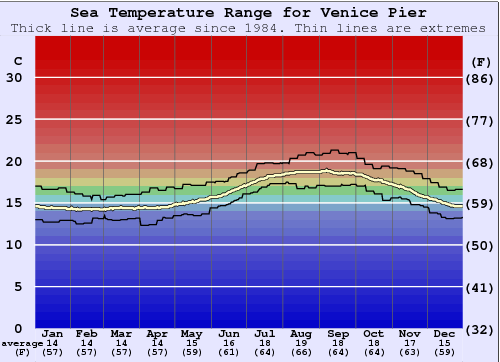
Understanding Temperature Fluctuations
Water temperatures can fluctuate based on various environmental factors, including ocean currents, air temperature, and weather patterns. For example, the El Niño effect can lead to warmer water temperatures, while La Niña may cause cooler conditions.
How Water Temperature Affects Recreational Activities
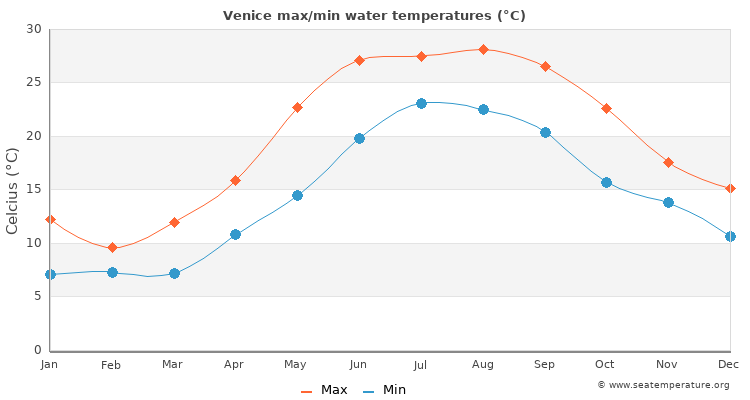
Swimming
During the summer months, the water temperature reaches its peak, making it ideal for swimming. In contrast, winter temperatures may deter some swimmers, but avid surfers often embrace the cooler waters.
Surfing
Surfers tend to prefer cooler waters, particularly during the fall and winter, when Venice Beach offers consistent swells. Ensuring the right gear, such as wetsuits, becomes essential when the temperatures dip.
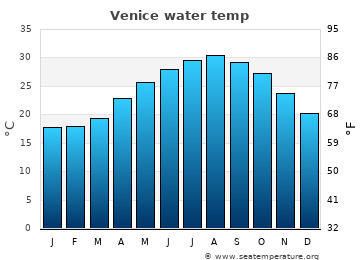
Paddleboarding and Kayaking
Both paddleboarding and kayaking are popular in the warmer months. The balmy summer temperatures provide a perfect environment for these activities, allowing for extended hours on the water.
Safety Guidelines for Water Activities
Before heading out into the water, it’s essential to consider safety guidelines related to water temperature:
- Know Your Limits: If you’re not accustomed to colder waters, take necessary precautions like wearing a wetsuit.
- Stay Informed: Check local weather and ocean condition reports before your visit.
- Watch for Rip Currents: Always be aware of ocean conditions, especially after storms or heavy rain.
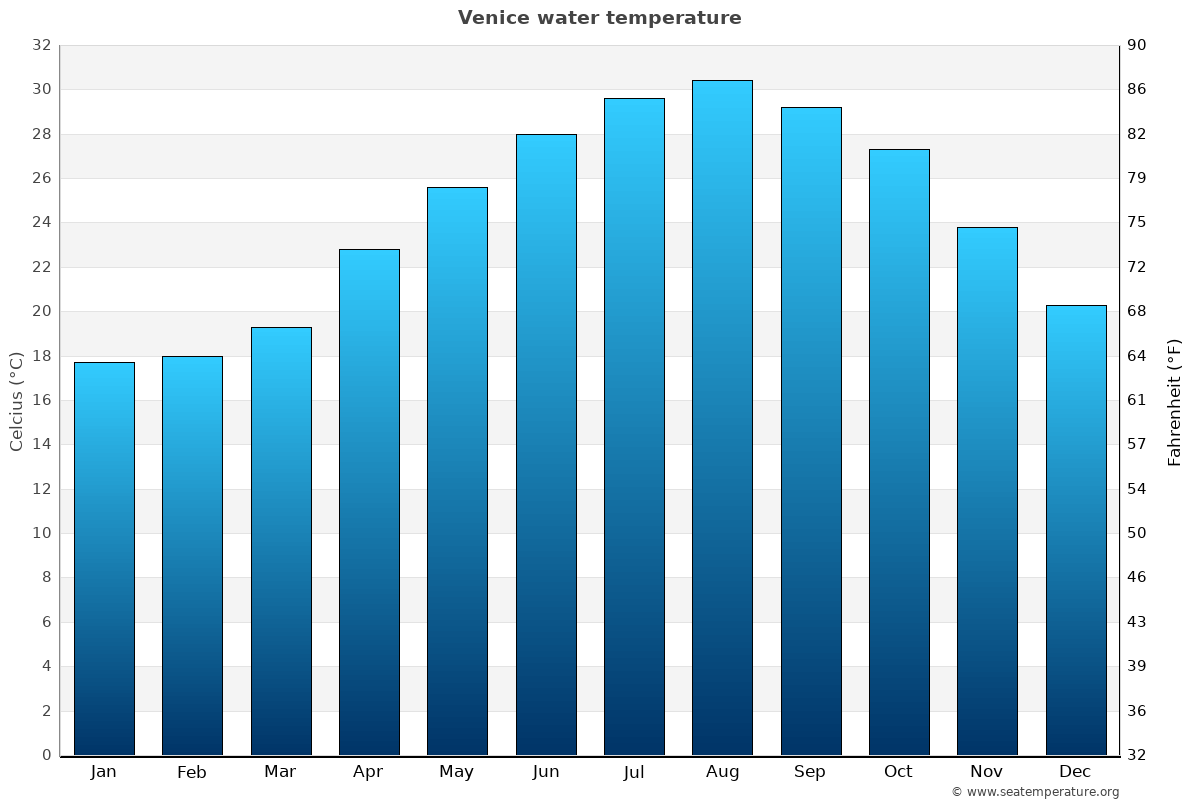
Local Insights and Cultural Experiences
Venice Beach Community and Water Sports
The Venice Beach community is known for its strong beach culture, where local surfers, swimmers, and paddleboarders often gather to share tips and experiences. Engaging with the local community can enhance your understanding of the day’s optimal water conditions and recreational opportunities.
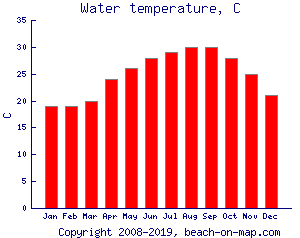
Venice Beach Boardwalk
A stroll along the boardwalk can provide insights into the local lifestyle, as you encounter street performers, artists, and vendors. After a swim, take a break and grab a bite from one of the many food trucks serving local delicacies.
Technological Solutions for Monitoring Water Temperature
With advancements in technology, several platforms now offer real-time data on water temperatures at Venice Beach. Here are some methods and technologies available:

Mobile Applications
Many mobile apps provide real-time updates on beach conditions, including water temperatures:
- Surfline: Offers live cameras and water temperature reports.
- NOAA Tides and Currents: Provides detailed oceanic data, including temperature fluctuations.
Online Platforms and Websites
Several websites compile water temperature data and forecasts:
- Magicseaweed: Comprehensive surf reports and water conditions.
- The Weather Channel: Offers detailed weather and water temperature updates.
Hardware for Personal Measurement
For avid beachgoers, personal temperature sensors can be an excellent investment. Devices such as waterproof thermometers allow individuals to measure water temperature directly.

Tips for Enjoying Venice Beach Year-Round
Here are some insider tips for optimizing your Venice Beach experience, regardless of the season:
- Time Your Visit: Early mornings and late afternoons often provide better water conditions.
- Dress Appropriately: Always check the water temperature before hitting the beach to ensure you have the right gear.
- Stay Hydrated and Protected: Use sunscreen even on cooler days to protect your skin.
Pros and Cons of Participating in Water Sports at Venice Beach

| Activity | Pros | Cons |
|---|---|---|
| Swimming | Great exercise, refreshing | Cold water in winter |
| Surfing | Thrilling experience, community | Requires skill, colder gear needed |
| Paddleboarding | Relaxing, good for all ages | Requires balance, can be windy |
FAQs about Water Temperature at Venice Beach
What is the warmest month for water temperature at Venice Beach?
The warmest month for water temperature is typically August, with temperatures reaching up to 75°F.
Can you swim year-round at Venice Beach?
While you can swim year-round, the best months for swimming are generally from late spring through early fall when water temperatures are at their peak.
How can I check the water temperature before my visit?
Apps like Surfline and NOAA Tides and Currents provide real-time updates on water temperatures, allowing you to plan accordingly.
Are there lifeguards on duty at Venice Beach?
Yes, Venice Beach has lifeguards on duty, especially during peak hours in the summer.
Conclusion
Water temperature plays an essential role in planning your activities at Venice Beach. By understanding the trends, safety precautions, and local culture, you can maximize your enjoyment of this iconic location. Don’t forget to check water conditions before your visit and engage with the local community for the best experiences Venice Beach has to offer!